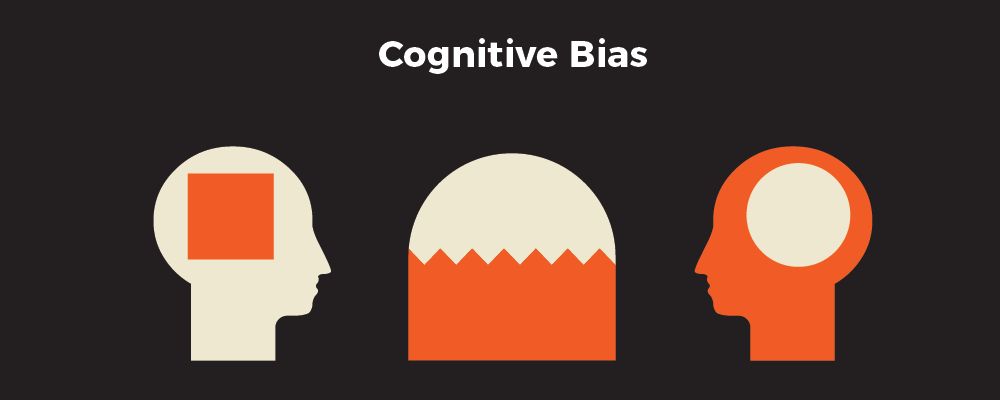Often times, we see a project or a company making headway and gaining success right out of the gate. It’s an instant hit but over time it doesn’t gain more traction. You start putting more and more money and energy into the sinking ship just because of the resources you invested in the whole enterprise.
Welcome to the mind-numbingly frustrating world of Cognitive Bias that is full of opportunities and challenges. Although this problem only exists in our heads and is purely psychological, it affects everything that we do in our daily lives.
So, what exactly is Cognitive Bias?
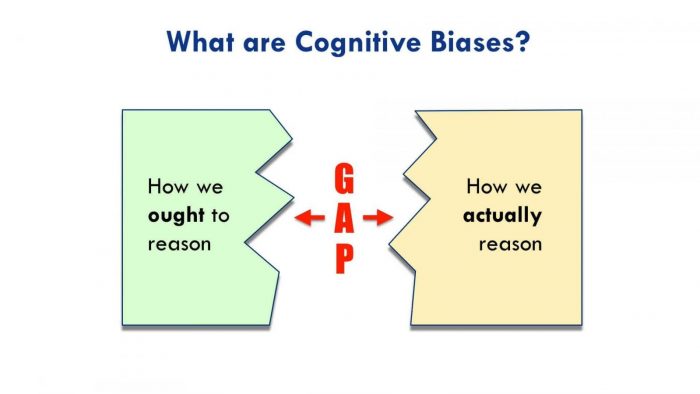
Cognitive biases are errors that put obstacles in our decision-making processes. Most of the time, we don’t see things around us as they truly are. Our minds play tricks on us and transfer us information which can sometimes be deceptive or misleading.
Humans didn’t evolve to make factual or logical decisions at all, instead, we evolved making decisions just to survive. And experts strongly suspect that cognitive biases have had a very crucial role in making that possible.
There is good and bad news regarding cognitive biases. The bad news is that we can never cast these thoughts out of our thinking and our lives. But the good news is that you can understand them and can leverage them for your benefit.
With that said and done, here are some of the most important cognitive biases that you deal with daily and how you can overcome them for your professional advantage in life.
1. Optimism Bias
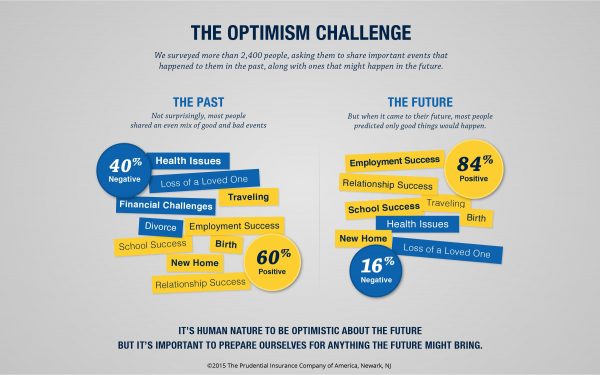
This type of Bias is our tendency and will to overestimate the chances of our good fortune and success as compared to other people in our lives.
For example, a new influencer in Silicon Valley will always be sure that their new start-up will succeed when a vast majority of their competitors fail all around them.
Many a time, optimism can prove to be bliss and can make people quite successful, but overly optimistic predictions can also prove to be fatal at times with no chance of survival.
How to control it?
Assume that every strategy and project that you are working on is going to fail. Assume that everything is going to be difficult and more expensive than you thought it would be. This will help you kill any of your overly optimistic thoughts about the project and get you thinking logically.
2. Negativity Bias
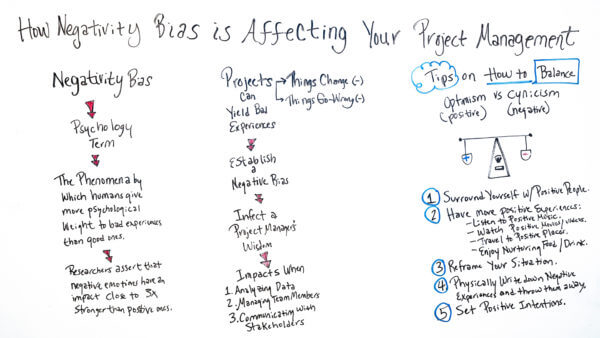
Negativity Bias is the way we change our different thought practices and processes because of all the pessimistic things we do or say rather than because of all the positive things that we do.
The bad news is that this bias doesn’t cancel out its positive counterpart because most types of biases work together when they are not very consistent.
You can think of it as when you think that good things are happening for you so they are only happening for you. Just like that you often think that if bad things are happening to you, they’re only happening to you.
How to control it?
To get rid of the bad juju or negativity bias, you need to constantly remind you of the positive things that you have done, or the business has achieved.
Use a note-taking app or a digital journal to keep yourself updated on all of the past activities that have happened so that you don’t forget all of the positive things about you and the company, and this positive adrenaline boost will surely make your company thrive.
3. Confirmation Bias
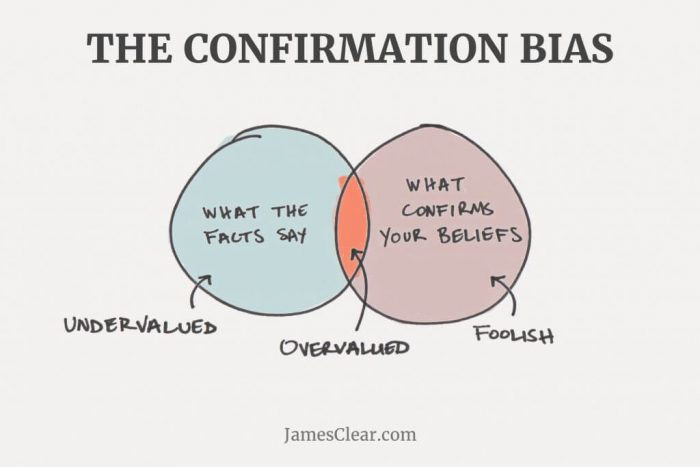
This type of bias is our mind’s ability to focus on any new knowledge about something we already know is true or we think it is. This type of bias also makes us challenge anything that might come between us and our beliefs.
For example, when we are so attached to our religious of other beliefs in our lives, we become an expert in spotting different points and facts that seem to support our beliefs. After all, it’s very easy to convince our minds that we’re not wrong rather than making it consider another way of thinking.
How to control it?
To control this bias, you need to go out of your way and find out every facet of information that goes against your beliefs. If you think a project or mission might succeed, brainstorm all the possible scenarios where it might not.
4. Anchoring Effect
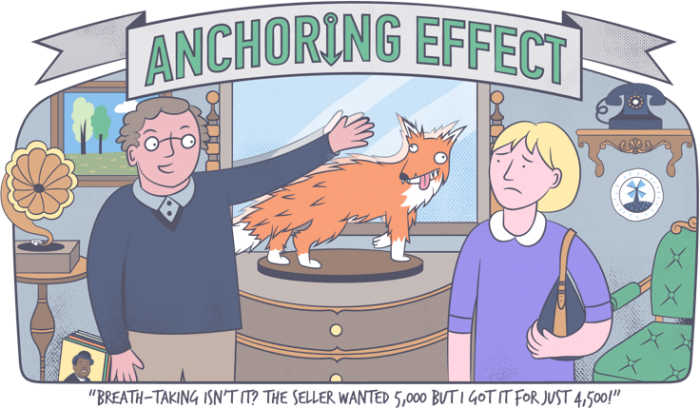
This type of bias is a human’s tendency to give privilege and importance to the first information they receive or encounter. They would even prefer this information if the subsequent information they receive is more factual, logical and relevant.
For example, whenever you are having a business meeting or even a salary negotiation, it’s always the best policy to be the first person in the room to talk numbers. Why? Because when you say the number, then according to the anchoring effect, you’ve set the expectations for the rest of the encounter or discussion.
How to control it?
When you are dealing with the anchoring effect in your life or your business practices, then you need to make sure that you don’t fixate on a single piece of information. You need data and loads of it.
Use different types of report-generating applications that make compiled collections of data for you so that you can easily view the same information from different angles that will help you look at all of the facts and figures before making a permanent decision.
Conclusion
We are no less human when we go to work in the morning and every decision, we take comes from the same mentality that we use in dealing with everything else.
So, when it comes to cognitive biases, we should always learn to understand them and then how to control them because if we can do that, we can use them to our advantage and make them our biggest strengths.

